
It isn't only humans that can benefit from physiotherapy - pets may too. For many disorders, veterinary physiotherapy is now viewed as an important adjunct to the usual medical or surgical treatment animals receive. Although dogs and horses are the most common species to receive 'physio', most animals will benefit - even exotic pets and farm animals. The number of trained veterinary physiotherapists has increased dramatically in recent years, and most pet insurance companies will now cover their fees. For these reasons, veterinary physiotherapy is set to become accessible for the majority of pets within the next few years.
Veterinary physiotherapy is used for restoration and maintenance of mobility and function. It may also be used preventatively to avoid recurrence of a problem. It has a wide range of applications, including:
'Animal physiotherapy' is simply another term for veterinary physiotherapy. In this article I will mainly refer to 'veterinary physiotherapy', but the two terms may be used interchangeably.
Treatments offered will vary between physiotherapists, depending on their training and available equipment. Most will be able to provide some or all of the following:
1. Manual therapy
A variety of hands-on techniques may be used to reduce muscle spasm, relieve pain and improve joint mobility and proprioception (body awareness). These include:
- Joint mobilisation techniques
- Deep tissue massage
- Reflex inhibition techniques (using the animal's natural reflexes to
stimulate joint movement and soft tissue stretch)
- Passive stretches and range of movement exercises
2. Electrostimulation
This is a technique whereby a low-frequency pulsed electrical current is applied to the appropriate area via two or more electrodes. It can be used to manage a variety of neurological and orthopaedic conditions and is beneficial in the treatment of both acute and chronic pain. It helps to increase tone and strength in atrophied (wasted) muscles. Inflammation is reduced and tissue repair is encouraged.
3. Pulsed electromagnetic field therapy (PEMF)
PEMF uses an electrical current passing through a metal coil to direct a series of magnetic pulses through injured tissue. Each magnetic pulse induces a tiny electrical signal that stimulates cellular repair, encouraging the body's natural healing process. It can be used to treat inflammation and certain types of fracture. PEMF can be applied by many means including rugs, boots and pads.
4. Ultrasound
Ultrasound uses a beam of high frequency sound waves above normal human hearing range. It may be used by vets and doctors for diagnostic purposes, but has different applications in physiotherapy. It effectively massages the tissues, increasing their blood supply, improving joint mobility and reducing pain, making it particularly beneficial for sore, tight muscles. It can also be used to reduce the healing time of muscle, tendon and ligament injuries.
5. Phototherapy (laser therapy)
Phototherapy involves applying visible light of a particular wavelength and colour to the area that requires treatment. The colour used depends on the application; for example, red light is used for treatment of healing wounds, whereas blue light is used to reduce the number of bacteria within a wound. Phototherapy can be used on a variety of tissues including muscle, connective tissue, skin and bone. It is used to improve circulation, reduce inflammation and pain and accelerate the body's own natural healing process.
Other treatments offered may include application of ice packs (cryotherapy), application of heat packs, rehabilitation programmes, core stability exercises and hydrotherapy. Note that acupuncture can only be performed by an appropriately-trained veterinary surgeon.
The short answer is anyone! Unlike the terms 'veterinary surgeon' and 'physiotherapist' (i.e. physiotherapists who treat humans), which are reserved for those who have undergone appropriate training, the terms 'animal physiotherapist' or 'veterinary physiotherapist' are not legally reserved, meaning anyone can use them. The reality is that the vast majority of veterinary or animal physiotherapists have undergone suitable training, but always check their qualifications prior to them treating your pet. A bona fide veterinary or animal physiotherapist will always request a referral letter from your vet prior to treating your pet. Under the Veterinary Surgeons Act 1966, it is illegal for a physiotherapist to treat an animal without prior referral from a veterinary surgeon who has diagnosed the condition and decided physiotherapy is appropriate.
There are two main pathways to becoming a veterinary/animal physiotherapist:
- The original pathway was to become a qualified human physiotherapist then undertake further training (typically a postgraduate diploma or MSc) in veterinary physiotherapy. There are still some veterinary physiotherapy courses specifically catering for those trained in human physiotherapy.
- In recent years, veterinary physiotherapy courses have become accessible to those not trained in human physiotherapy. There is normally a requirement for potential students to have extensive experience with animals. It is quite common for veterinary nurses and equine scientists to become veterinary physiotherapists.
Following qualification, most veterinary physiotherapists elect to become a member of a veterinary physiotherapy association in order to demonstrate that they have achieved a particular standard in their training. There are several of these associations in the UK and each may only accept graduates of certain approved training courses. In order to be a member of a particular association, there may also be a requirement for keeping up-to-date through continuing professional development ('CPD').
The Association of Chartered Physiotherapists in Animal Therapy (ACPAT), one of the most widely recognised veterinary physiotherapy associations, will only accept members who have previously qualified as chartered human physiotherapists and have subsequently undergone veterinary physiotherapy training. Members may call themselves 'chartered' veterinary or animal physiotherapists, although this is not a legally-recognised term.
The other veterinary or animal physiotherapy associations accept appropriately-qualified members who have not previously trained in human physiotherapy.
For further information visit:
The Association of Chartered Physiotherapists in Animal Therapy www.acpat.org
The National Association of Veterinary Physiotherapists www.navp.co.uk
The College of Animal Physiotherapy www.tcap.co.uk
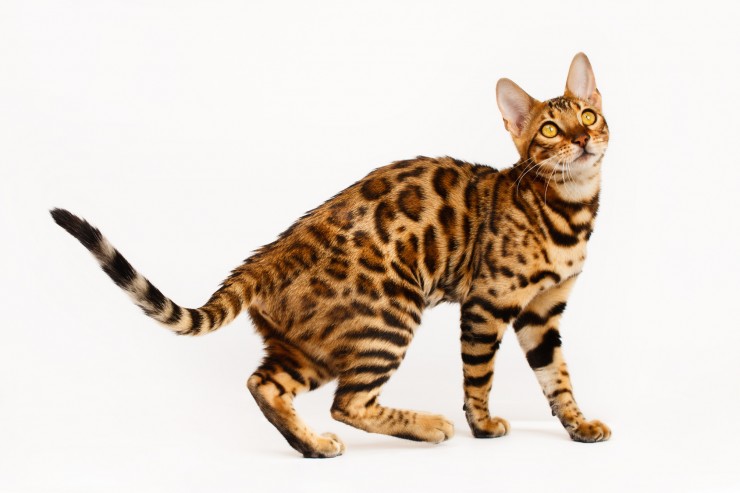 Is It True Bengal Cats Shed Less Than Other Cats?
Is It True Bengal Cats Shed Less Than Other Cats?
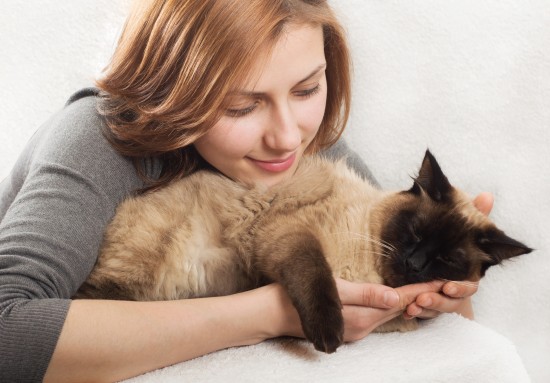 10 Lovely Ways Your Cat Shows You Their Love
10 Lovely Ways Your Cat Shows You Their Love
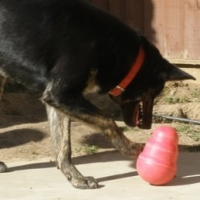 The Best Interactive Dog Toys - The Kong Wobbler
The Best Interactive Dog Toys - The Kong Wobbler
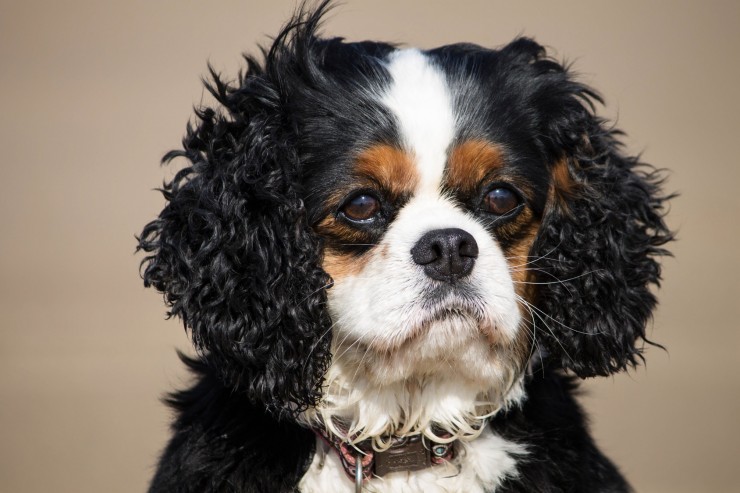 How Primary Secretory Otitis Media (glue Ear) Can Affect The Cavalier King Charles Spaniel
How Primary Secretory Otitis Media (glue Ear) Can Affect The Cavalier King Charles Spaniel
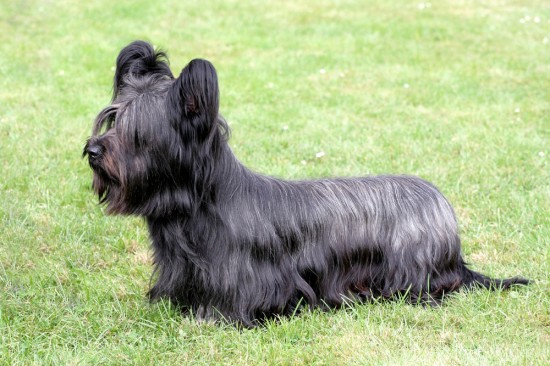 4 Endangered British Native Dog Breeds
4 Endangered British Native Dog Breeds
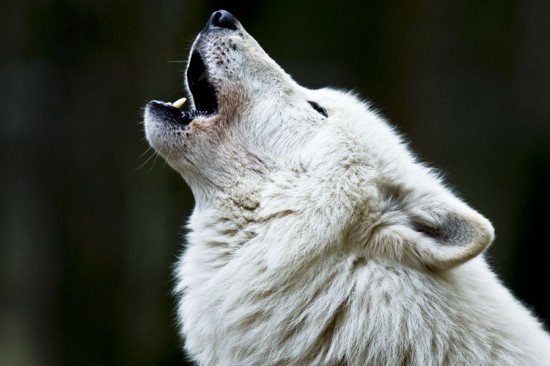 Wolves And Dogs - The Origins Of The Domestic Dog
Wolves And Dogs - The Origins Of The Domestic Dog
Copyright © 2005-2016 Pet Information All Rights Reserved
Contact us: www162date@outlook.com